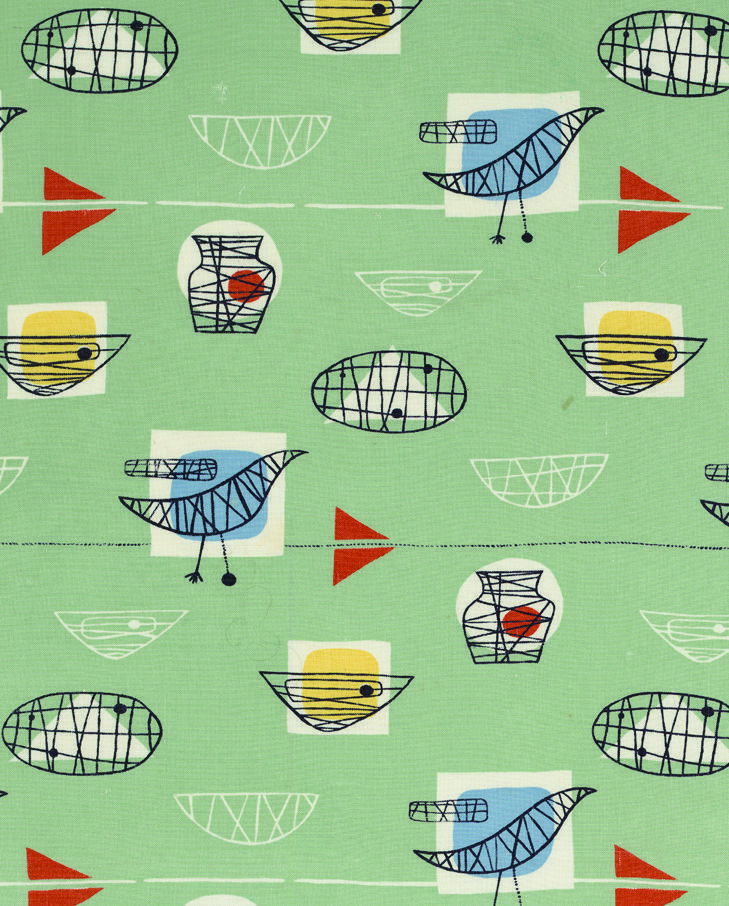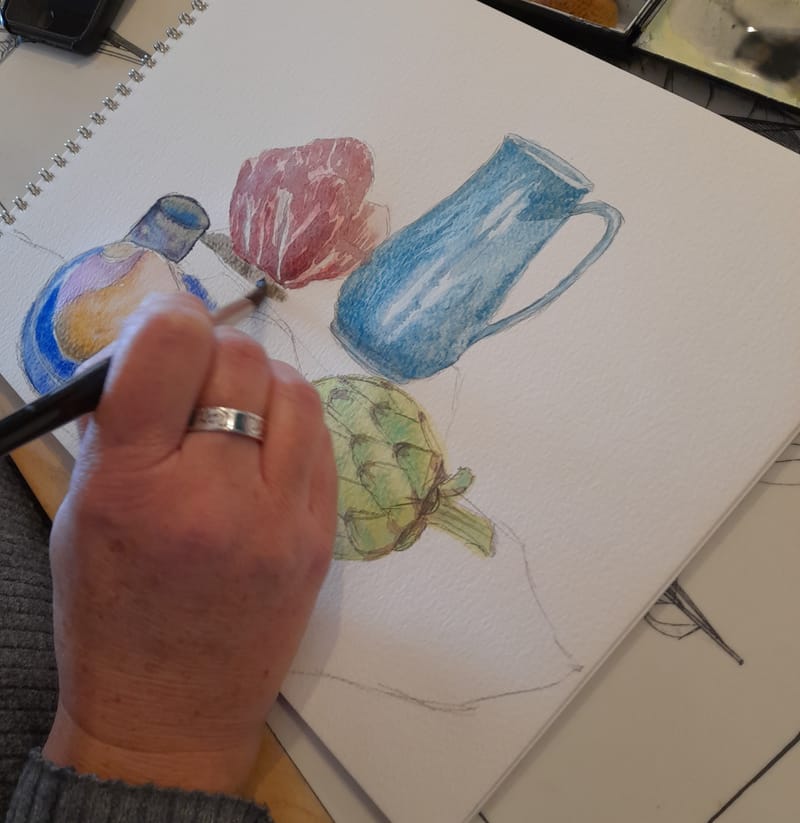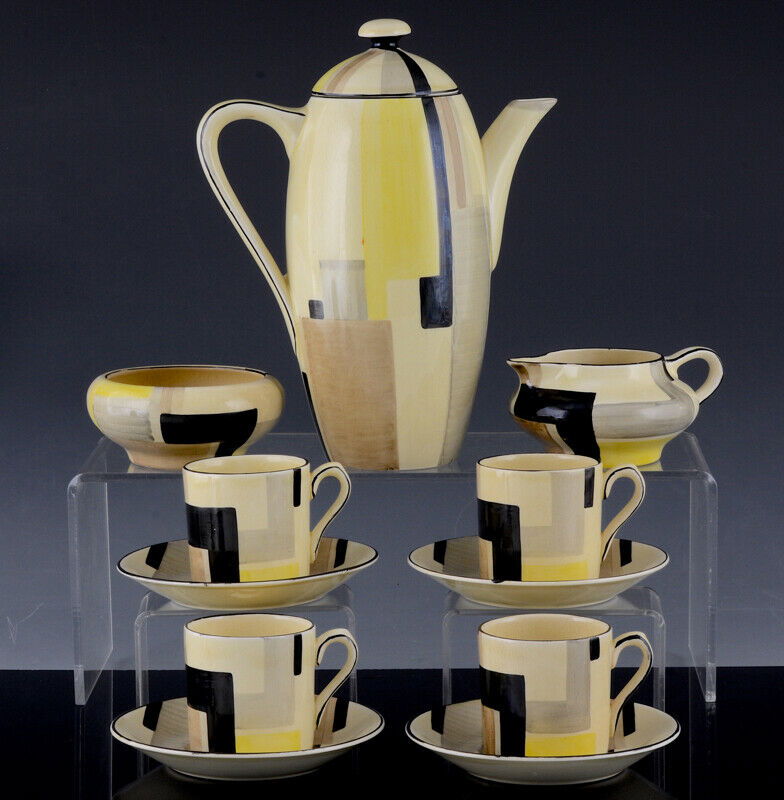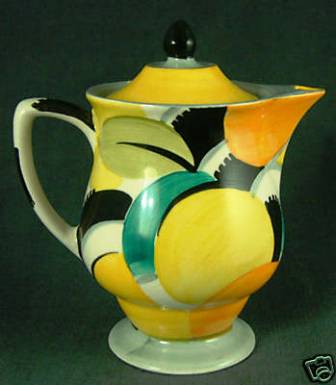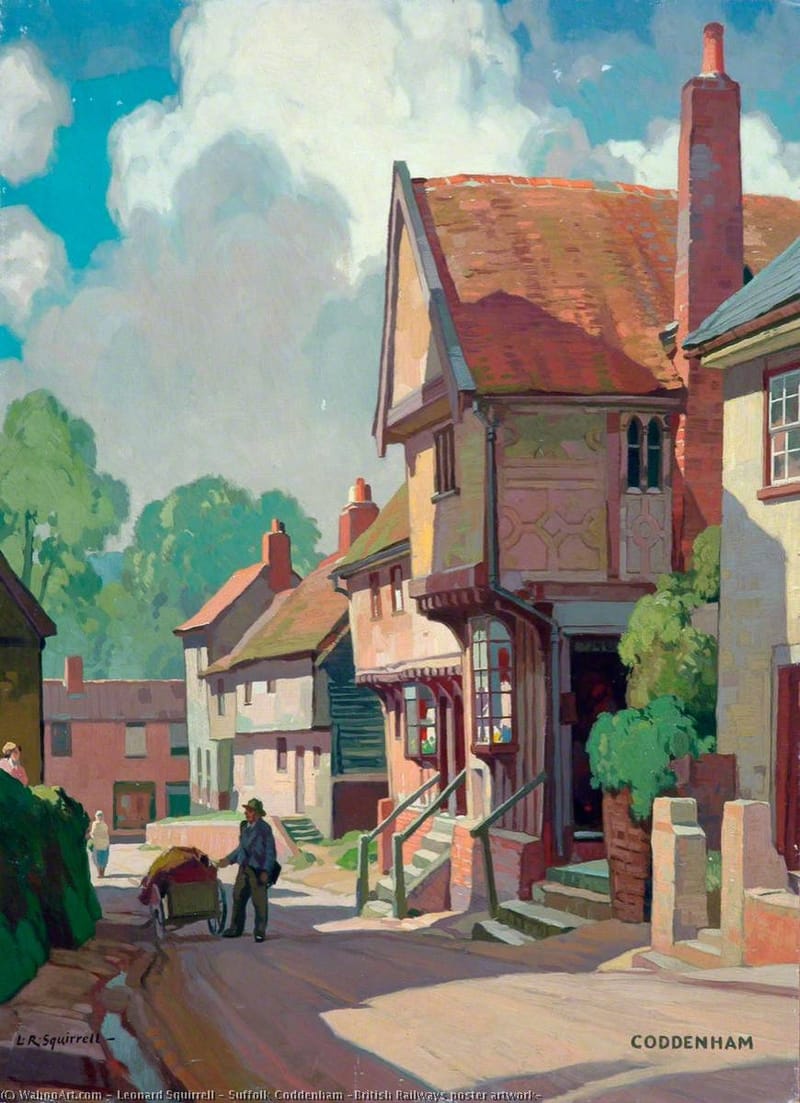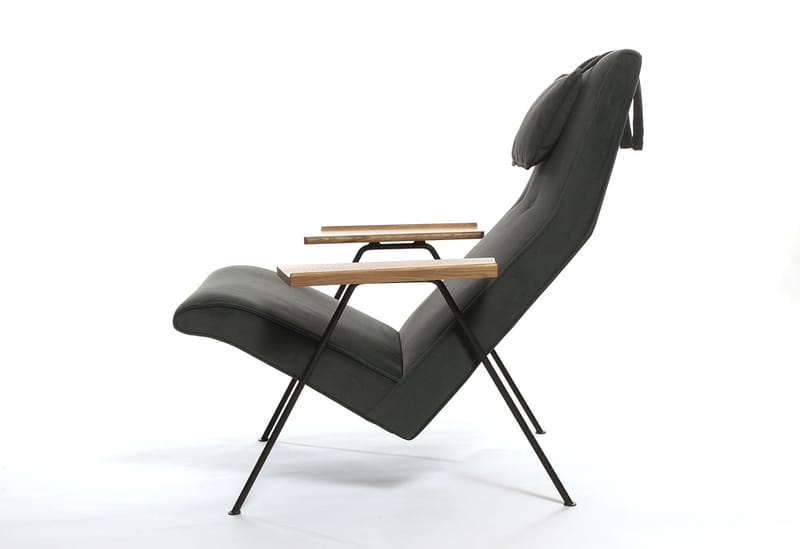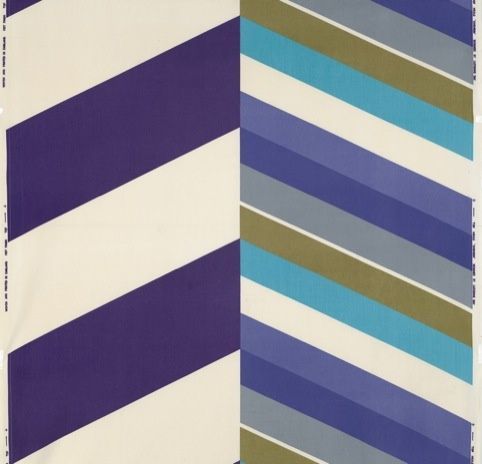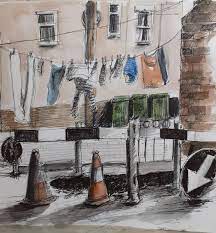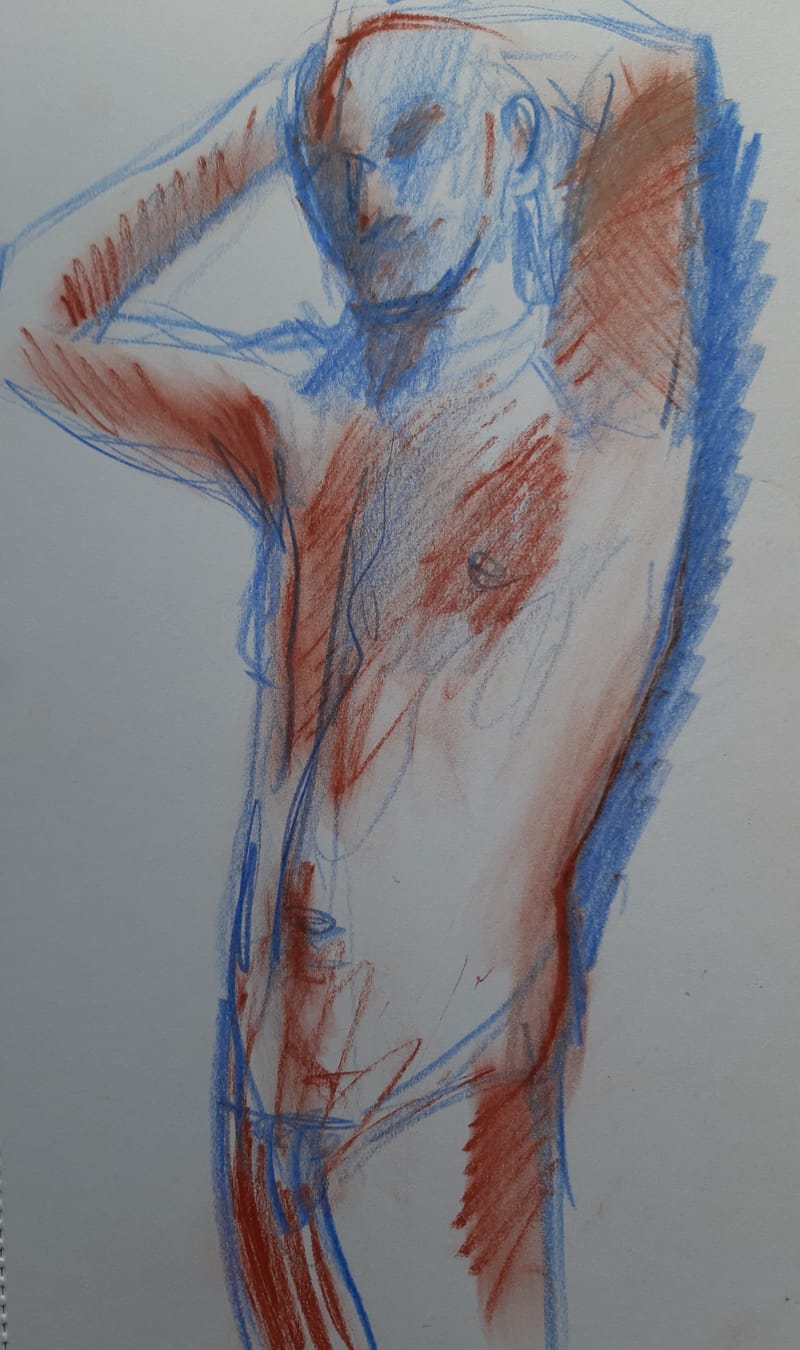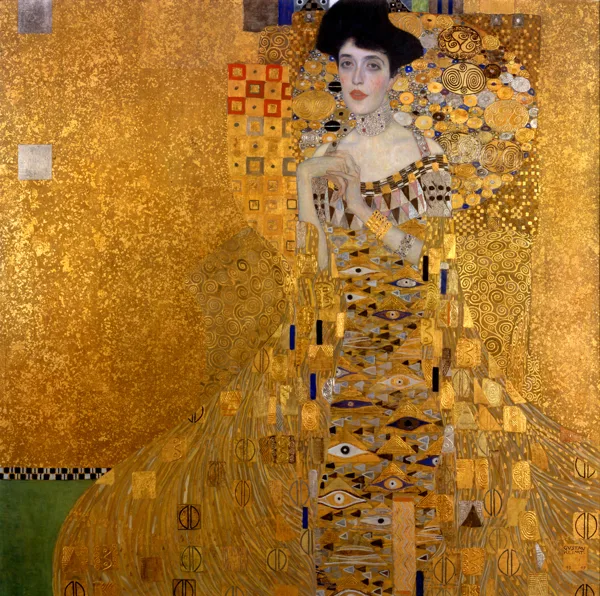ANDREW CASEY
artist teacher author collector
About
Andy's Friday Art Class
My popular art class has started and there are a few places left so do come and join us
We are based at the Cruising Club in Woodbridge. The class is ideal for both beginners and those with more experience. Each week we will cover a wide range of artistic activities from drawing and painting alongside print making and drawing a costumed model, using a range of different media and when the weather is good we visit different landmarks in the area to paint plein air. I provide most of the materials for print making and similar activities.
If you are new to us come to the first session for free-as a taster
Dates:
Friday 19th September to Friday 12th December 2025 (except half term week)
10am-12pm
Fees: 6 weeks £72 12 weeks £144
It's not too late to join. Come and join ready from half tern at the end of October
NEW BOOK
Andrews has completed his new book Hornsea Pottery: Style for the Mass Market and hopes that it will be launched next year-watch this space
Andrew Casey
Andrew is a practicing artist and a qualified teacher. He has exhibited his work both in London and locally at the Denis Taplin Gallery in Woodbridge, the Pond Gallery in Snape and the Upstairs Gallery in Beccles.
Andrew is a well established author on the subject of twentieth century design chiefly ceramics and textiles. He has curated several exhibitions including Susie Cooper Productions at the Ipswich Museums and Galleries in 1989, Dynamic Designers at Croydon Town Hall in 1999 and the first Susie Cooper Auction at Christies South Kensington in 2002.
He has lectured in several prestigious venues such as the Victoria and Albert Museum, the Royal Society of Arts and the Morley College in London. In 2004 he was invited by the Ceramic Society of New South Wales to lecture on the subject of twentieth century ceramics at the Power House Museum in Sydney and the Royal Melbourne Institute of Technology.
His book, Twentieth Century Ceramic Designers in Britain, was awarded the Besterman/McColvin Gold Medal for the most outstanding work of reference, published in 2001, by the Chartered Institute of Library and Information Professionals. His latest book Lucienne Day: In the Spirit of the Age, published by the Antique Collectors Club, was launched at the Fashion and Textile Museum in London in 2014.
Andrew has collected the work of ceramic designer Susie Cooper for over thirty years. In February 2020 he appeared on a Japanese television programme discussing the work by Susie Cooper and his own collection.
courses available
This talk will explore the many different responses to design following the devastation of the Second World War and how new designers emerged from the art schools to create a new response to design soon dubbed "contemporary". The talk will focus on ceramics, textiles and interior design. Andrew Casey has written several books on twentieth century design and met many of the designers discussed in the session. There will be time after the talk to show examples from your own collection
This popular and friendly course covers the many important aspects in art through a wide range of artistic challenges and interesting activities designed to develop your artistic and observational skills. This winter you will be looking back to basics and looking at shape, line, form and contrast. This course is ideal the beginner and the more experienced. Learners can upload their work onto the tutors Facebook web site Andrew Casey's Art Classes to be reviewed, shared and enjoyed.
The Art Deco style originated in France and was showcased at the Exposition Internationale des Arts Décoratifs et Industriels Modernes held in Paris in 1925. This exciting new style soon developed into an international style in western Europe and the United States during the 1930s. This course will look at how British designers embraced art deco through architecture, interior design, ceramics, glass and many other ways. We will discuss why the art deco style went out of fashion and how it was replaced by the new new 'Contemporary' style in the fifties. We will consider how mass production influenced design following the Second World War and how the mid century landmark the Festival of Britain, staged in London, in 1951 promoted the ‘Contemporary’ style. Andrew Casey is a published author of the subject including Twentieth Century Ceramic Designers in Britain (2002) and Art Deco Ceramics (2008) and has lectured at the Victoria and Albert Museum and the Morley College in London.
This exciting short course explores the wonderful art deco period looking at its origins in France and how it influenced design in America and Europe. We will look at designers including Susie Cooper and Clarice Cliff as well as other areas that art deco influenced such as the interior, films and the decorative arts
This course celebrates the artistic achievements made by East Anglian artists over a hundred and fifty years and how they contributed to the reputation of the area as one of the most attractive places to live and work following the success of internationally renowned artists such as Thomas Gainsborough and John Constable. This course will focus on a range of artists, both male and female, that made a significant contribution to East Anglian art in different periods, styles and subjects but remain relatively unknown beyond the region. From the delicately conceived water colour studies by Leonard Squirrell, the “kitchen sink” dramas by Colin Moss in the 1950’s, the stunning commissioned work by Anna Airy, the first female war artist in the First World War and to the sculptural creations by Bernard Reynolds. Andrew Casey produced a small book on the life and work to accompany a special exhibition at the University of Suffolk in 2014 to mark the start of the First World War. He has been a member of the Ipswich Art Society for over thirty years and is currently Deputy Chairman
This course will explore one of the most important and influential decades of the twentieth century. Following the devastation of the Second World War we will explore how the British Government recognised that good design meant good business. They promoted good design through exhibitions, promotional tours in schools culminating with the Festival of Britain in 1951. This mid-century event showcased the best news in every aspect of British culture.This course will feature the new generation of designers including Lucienne Day, Jessie Tait, Robin Day and Abram Games, who emerged from a war torn Britain to bring to the wider public good design known today as 'contemporary'
This course will explore the innovative and pioneering designers that came to the forefront of the textiles industry from the twenties onwards and how changes in British industry due to world events and economic changes prompted a new response to designer and new machinery enabled high quality textiles to reach everyone not just the elite. Andrew Casey met and interviewed Lucienne Day in 1992 for his final degree dissertation. His book Lucienne Day: In the Spirit of the Age was published in 2014.
This popular and friendly course covers the many important aspects in art through a wide range of artistic challenges and interesting activities designed to develop your artistic and observational skills. Each week has a different subject such as the still life, shop fronts, landscapes to drawing the figure and portraiture using different media. This course is suitable for the beginner and the more experienced Learners can upload their work onto the tutors Facebook web site Andrew Casey's Art Classes to be reviewed, shared and enjoyed.
This course will explore the human form through a range of themes, poses and times using different media to develop your drawing and observational skills as well as helping you to develop your own individual style. A range of long and short poses will be used to build your confidence and appreciation of the human body. All abilities welcome. Please bring a range of materials with you.
This course will explore the innovative contribution made by pioneering women designers working within British Industry during the twentieth century and how, despite being predominately a role for men, they were able to achieve equal status and recognition for their contribution in fashion, wallpaper, textiles, glass, ceramics and many other areas of design. We will explore the changes in society, the impact of the Second World War and the recognition of the important role of the designer for British industry. The course will focus on designers including Lucienne Day, Marion Dorn, Enid Marx, Susie Cooper and Jessie Tait alongside several other less known designers
This course will explore the arts in Vienna at a time of when it was renowned as the great city of high culture and wealth known today as the fin de siele. Art, music and philosophy thrived in the city attracting innovators and leading artists to the city. The course will look at artists such as Gustav Klimt, Egon Schiele and designers including Josef Hoffman and Koloman Moser. We will also look at the Secession group and the Weiner Werkstatte. Andrew Casey has been an admirer of both Gustav Klimt and Egon Schiele since his college days. He has visited Vienna on several occasions and more recently visited the studio of Gustav Klimt
Contact
Here is a selection of courses I have recently delivered.
New Slogan
This talk will explore the many different responses to design following the devastation of the Second World War and how new designers emerged from the art schools to create a new response to design soon dubbed "contemporary". The talk will focus on ceramics, textiles and interior design. Andrew Casey has written several books on twentieth century design and met many of the designers discussed in the session. There will be time after the talk to show examples from your own collection
This popular and friendly course covers the many important aspects in art through a wide range of artistic challenges and interesting activities designed to develop your artistic and observational skills. This winter you will be looking back to basics and looking at shape, line, form and contrast. This course is ideal the beginner and the more experienced. Learners can upload their work onto the tutors Facebook web site Andrew Casey's Art Classes to be reviewed, shared and enjoyed.
The Art Deco style originated in France and was showcased at the Exposition Internationale des Arts Décoratifs et Industriels Modernes held in Paris in 1925. This exciting new style soon developed into an international style in western Europe and the United States during the 1930s. This course will look at how British designers embraced art deco through architecture, interior design, ceramics, glass and many other ways. We will discuss why the art deco style went out of fashion and how it was replaced by the new new 'Contemporary' style in the fifties. We will consider how mass production influenced design following the Second World War and how the mid century landmark the Festival of Britain, staged in London, in 1951 promoted the ‘Contemporary’ style. Andrew Casey is a published author of the subject including Twentieth Century Ceramic Designers in Britain (2002) and Art Deco Ceramics (2008) and has lectured at the Victoria and Albert Museum and the Morley College in London.
This exciting short course explores the wonderful art deco period looking at its origins in France and how it influenced design in America and Europe. We will look at designers including Susie Cooper and Clarice Cliff as well as other areas that art deco influenced such as the interior, films and the decorative arts
This course celebrates the artistic achievements made by East Anglian artists over a hundred and fifty years and how they contributed to the reputation of the area as one of the most attractive places to live and work following the success of internationally renowned artists such as Thomas Gainsborough and John Constable. This course will focus on a range of artists, both male and female, that made a significant contribution to East Anglian art in different periods, styles and subjects but remain relatively unknown beyond the region. From the delicately conceived water colour studies by Leonard Squirrell, the “kitchen sink” dramas by Colin Moss in the 1950’s, the stunning commissioned work by Anna Airy, the first female war artist in the First World War and to the sculptural creations by Bernard Reynolds. Andrew Casey produced a small book on the life and work to accompany a special exhibition at the University of Suffolk in 2014 to mark the start of the First World War. He has been a member of the Ipswich Art Society for over thirty years and is currently Deputy Chairman
This course will explore one of the most important and influential decades of the twentieth century. Following the devastation of the Second World War we will explore how the British Government recognised that good design meant good business. They promoted good design through exhibitions, promotional tours in schools culminating with the Festival of Britain in 1951. This mid-century event showcased the best news in every aspect of British culture.This course will feature the new generation of designers including Lucienne Day, Jessie Tait, Robin Day and Abram Games, who emerged from a war torn Britain to bring to the wider public good design known today as 'contemporary'
This course will explore the innovative and pioneering designers that came to the forefront of the textiles industry from the twenties onwards and how changes in British industry due to world events and economic changes prompted a new response to designer and new machinery enabled high quality textiles to reach everyone not just the elite. Andrew Casey met and interviewed Lucienne Day in 1992 for his final degree dissertation. His book Lucienne Day: In the Spirit of the Age was published in 2014.
This popular and friendly course covers the many important aspects in art through a wide range of artistic challenges and interesting activities designed to develop your artistic and observational skills. Each week has a different subject such as the still life, shop fronts, landscapes to drawing the figure and portraiture using different media. This course is suitable for the beginner and the more experienced Learners can upload their work onto the tutors Facebook web site Andrew Casey's Art Classes to be reviewed, shared and enjoyed.
This course will explore the human form through a range of themes, poses and times using different media to develop your drawing and observational skills as well as helping you to develop your own individual style. A range of long and short poses will be used to build your confidence and appreciation of the human body. All abilities welcome. Please bring a range of materials with you.
This course will explore the innovative contribution made by pioneering women designers working within British Industry during the twentieth century and how, despite being predominately a role for men, they were able to achieve equal status and recognition for their contribution in fashion, wallpaper, textiles, glass, ceramics and many other areas of design. We will explore the changes in society, the impact of the Second World War and the recognition of the important role of the designer for British industry. The course will focus on designers including Lucienne Day, Marion Dorn, Enid Marx, Susie Cooper and Jessie Tait alongside several other less known designers
This course will explore the arts in Vienna at a time of when it was renowned as the great city of high culture and wealth known today as the fin de siele. Art, music and philosophy thrived in the city attracting innovators and leading artists to the city. The course will look at artists such as Gustav Klimt, Egon Schiele and designers including Josef Hoffman and Koloman Moser. We will also look at the Secession group and the Weiner Werkstatte. Andrew Casey has been an admirer of both Gustav Klimt and Egon Schiele since his college days. He has visited Vienna on several occasions and more recently visited the studio of Gustav Klimt
